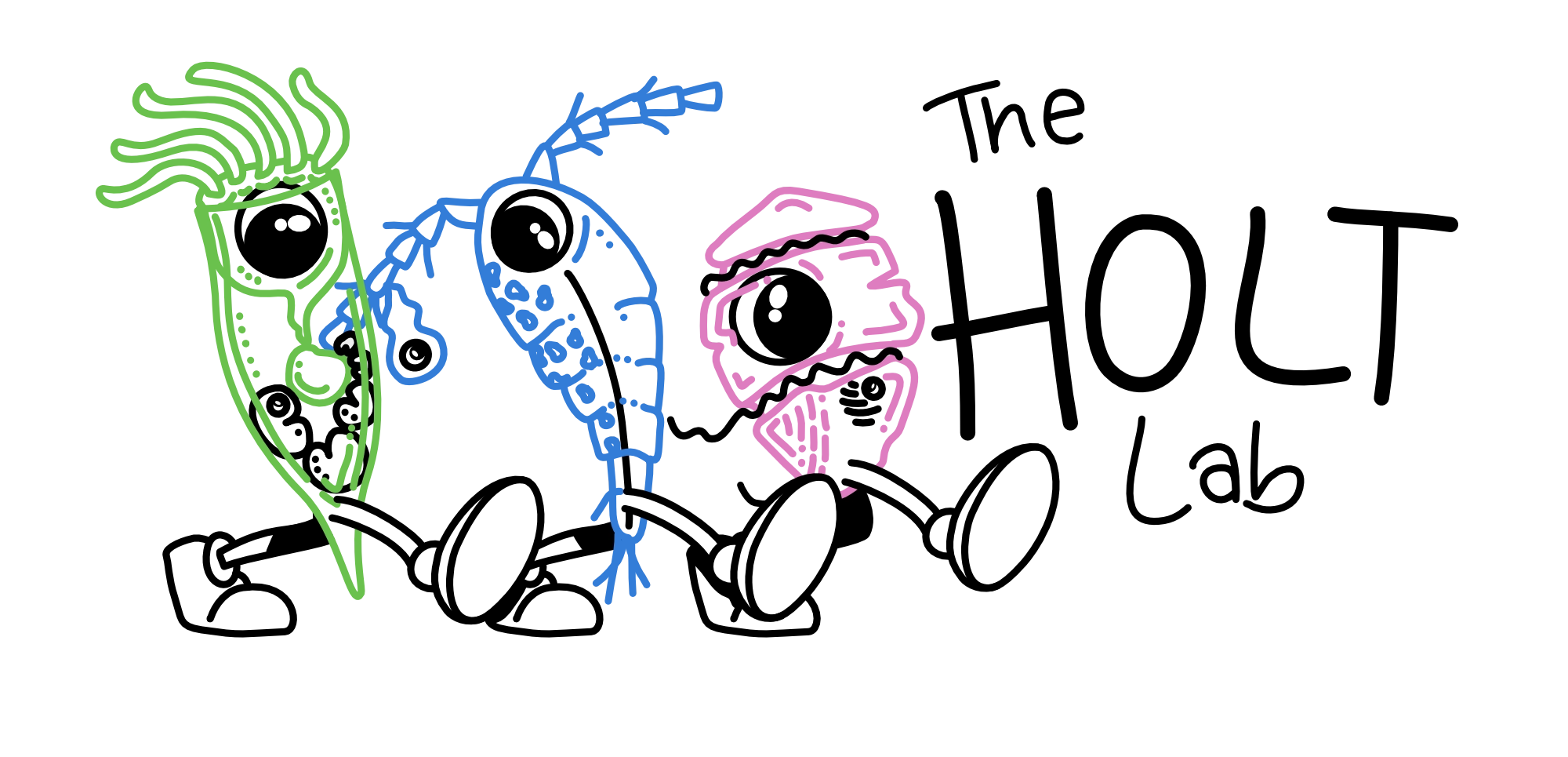Trznadel M, Holt CC, Livingston SJ, Kwong WK, Keeling PK.
Coral reefs are a biodiversity hotspot and the association between coral and intracellular dinoflagellates is a model for endosymbiosis. Recently, corals and related anthozoans have also been found to harbor another kind of endosymbiont, apicomplexans called corallicolids. Apicomplexans are a diverse lineage of obligate intracellular parasites that include human pathogens such as the malaria parasite, Plasmodium. Global environmental sequencing shows corallicolids are tightly associated with tropical and subtropical reef environments where they infect diverse corals across a range of depths in many reef systems, and correlate with host mortality during bleaching events. All of this points to corallicolids being ecologically significant to coral reefs, but it is also possible they are even more widely distributed because most environmental sampling is biased against parasites that maintain a tight association with their hosts throughout their life cycle. We tested the global distribution of corallicolids using a more direct approach, by specifically targeting potential anthozoan host animals from cold/temperate marine waters outside the coral reef context. We found that corallicolids are in fact common in such hosts, in some cases at high frequency, and that they infect the same tissue as parasites from topical coral reefs. Parasite phylogeny suggests corallicolids move between hosts and habitats relatively frequently, but that biogeography is more conserved. Overall, these results greatly expand the range of corallicolids beyond coral reefs, suggesting they are globally distributed parasites of marine anthozoans, which also illustrates significant blind spots that result from strategies commonly used to sample microbial biodiversity.
Read the paper here
Trznadel M, Holt CC, Livingston SJ, Kwong WK, Keeling PK. Coral-infecting parasites in cold marine ecosystems. Current Biology. 2024 Apr 11.
